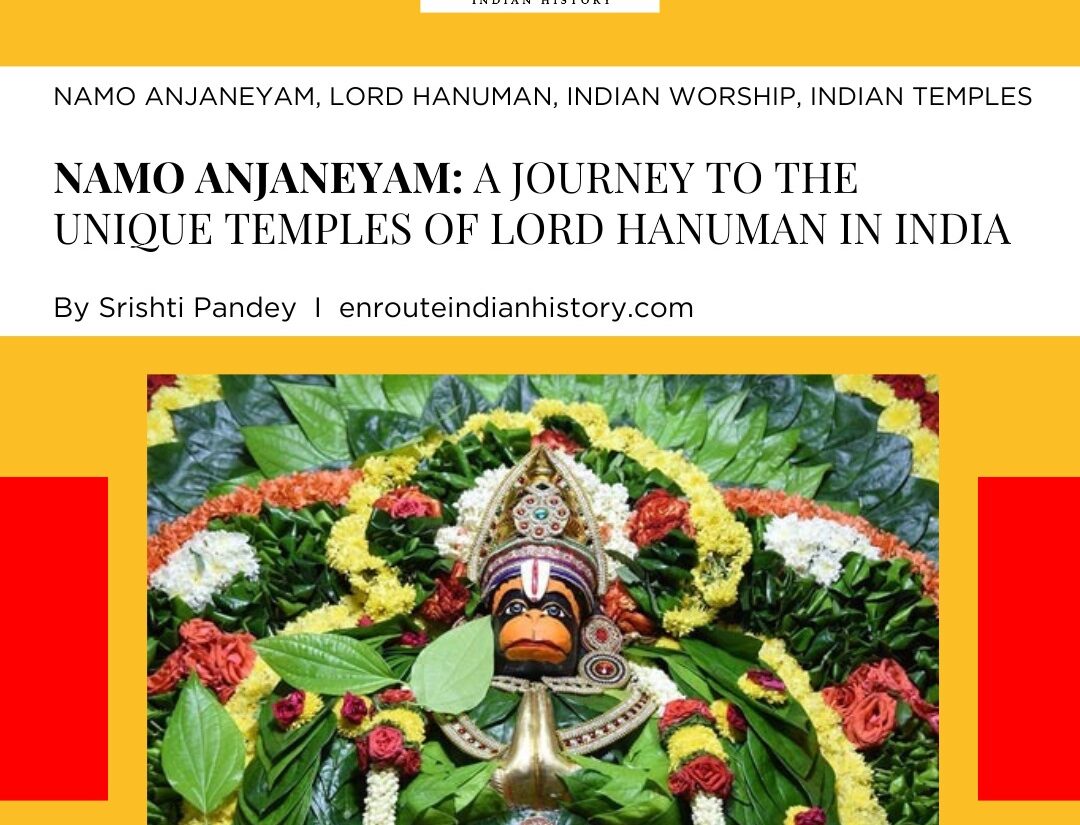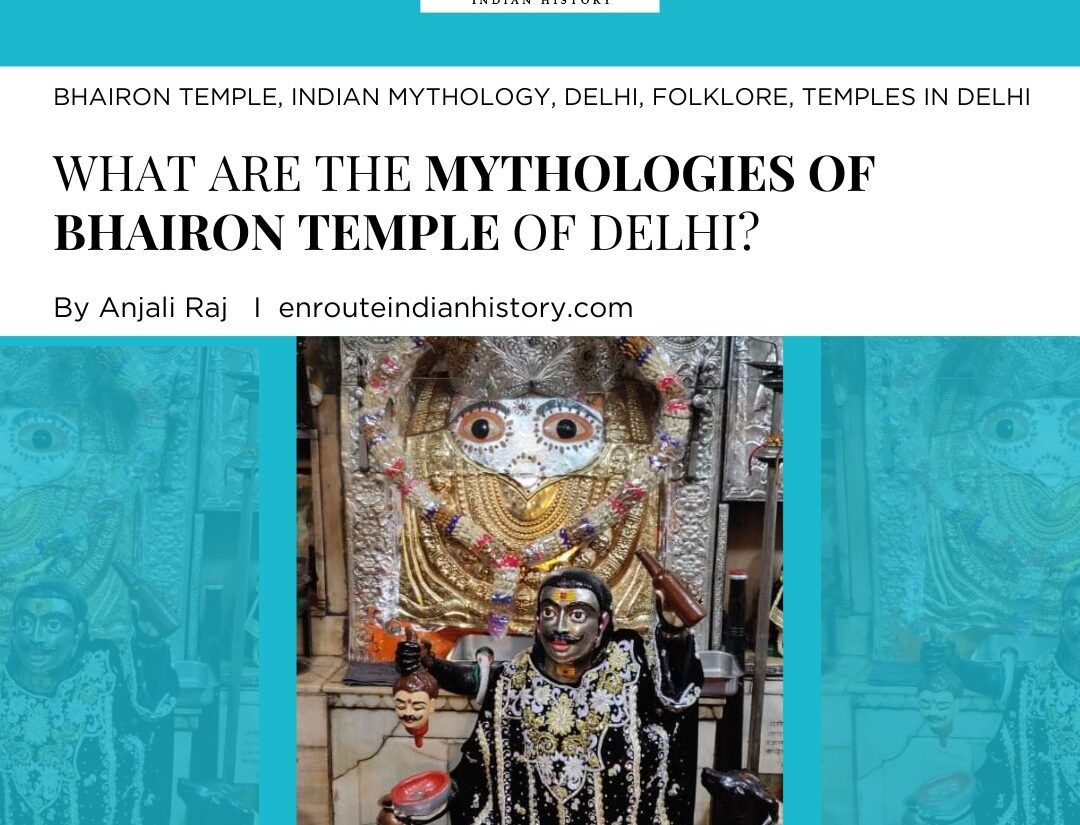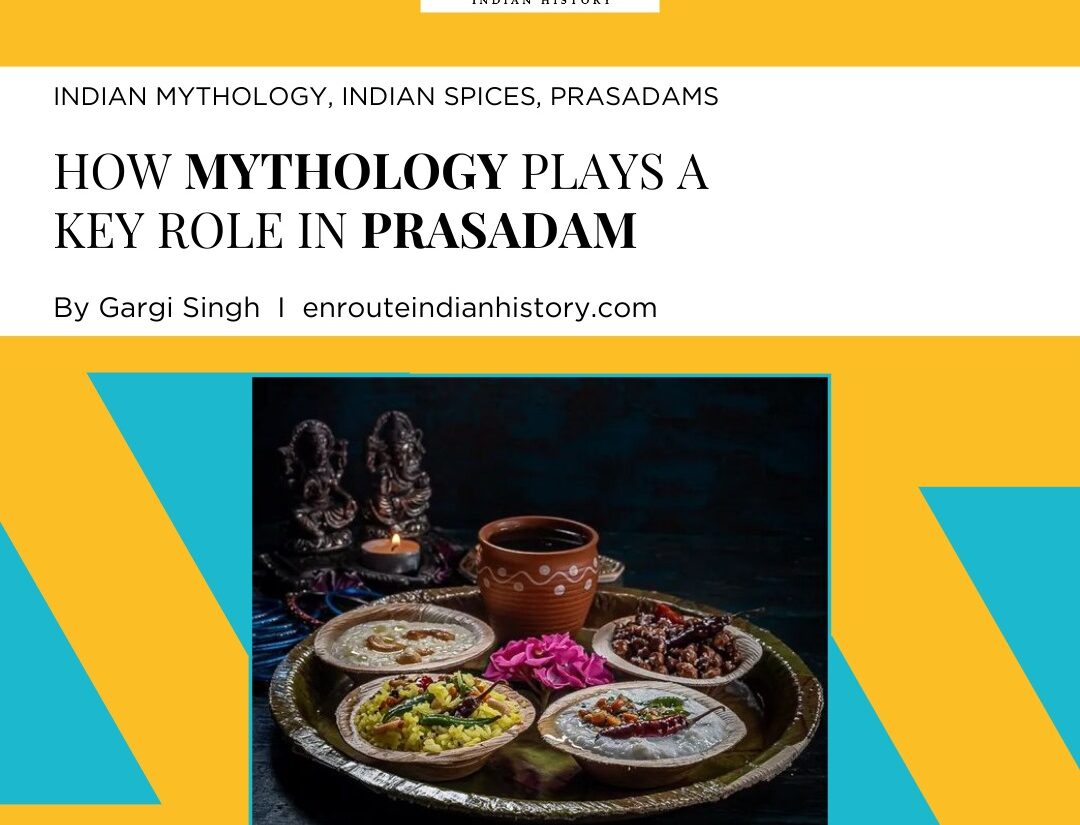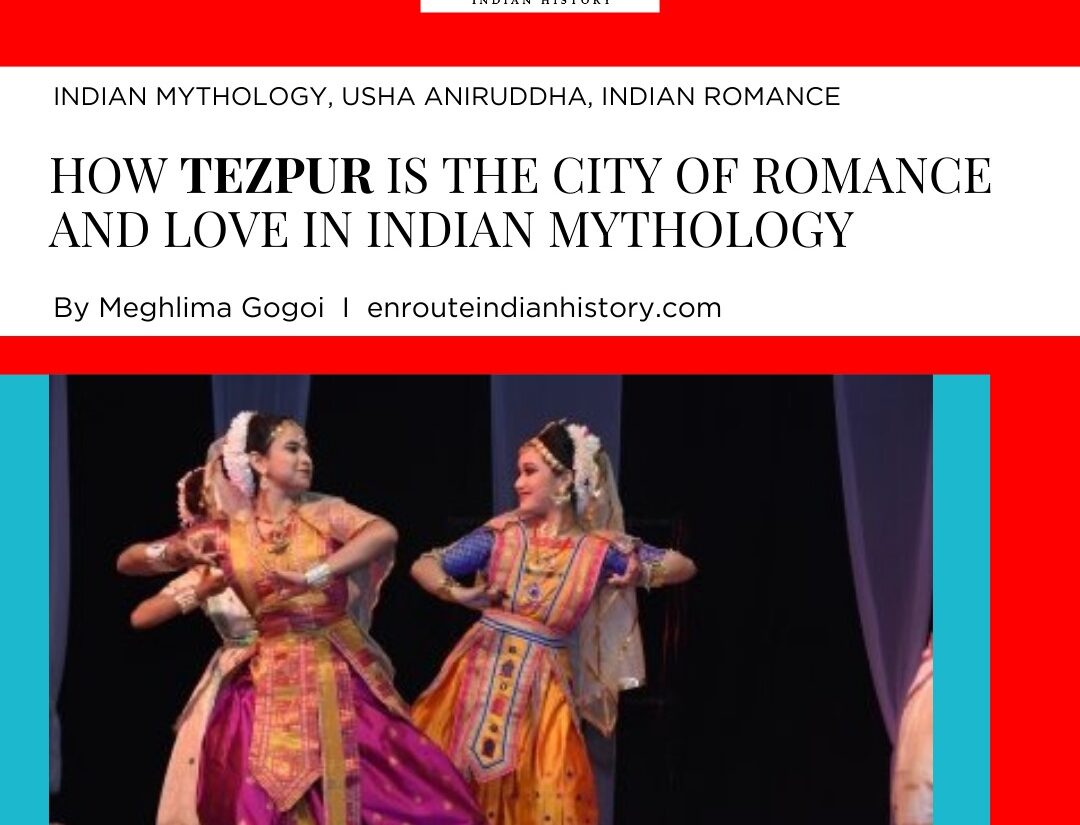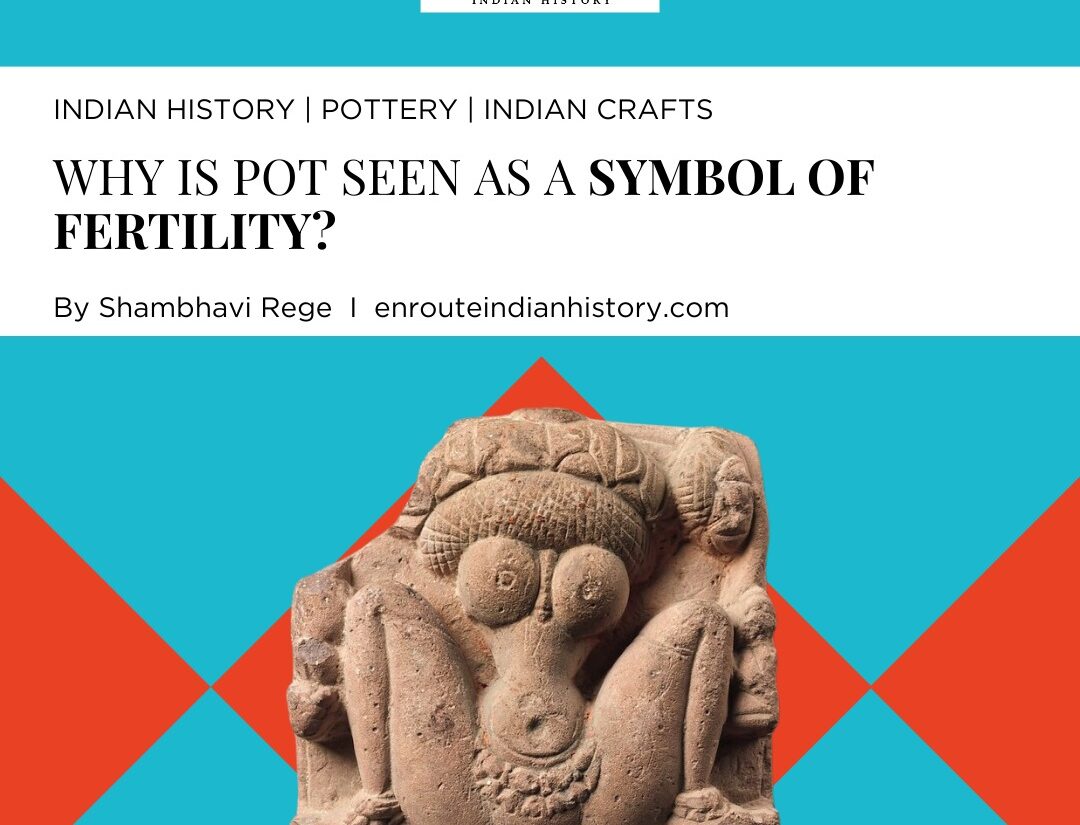
Across all the Indian epics, the Puranas, Vedic texts and traditional literature the significance of Earth and soil is the same. It is often symbolized as the mother goddess. The earthen pots made of the earth’s soil are symbolized as the womb, nurturing and associated with fertility. There are legends of either the characters taking origin in the earth or being born in earthen pots. The association of these Ghada and the womb doesn’t end in ancient age. The goddesses of fertility and vegetation too are often depicted with earthen pots. Even today in Hindu marriages, there are rituals circling the earthen pot.

Image 1.Ghata(Kalash)
According to Indian philosophy, Panchamahabhutas are the basis of all cosmic creation. It is believed that everything in this universe is made up of five basic elements. Earth (Prithvi) is one of the primary Panchamahabhutas or the five sacred elements. The other elements are air (vayu), water (jal), fire (Agni) and space (Akash). The earth element is the basis for all other elements as all other elements exist on it. Earth is also referred to as Prithvi, Bhumi, and Dhara. It is revered in ancient traditions and texts. Earth has stood as the symbol of prosperity, abundance and growth. The crops grow on Earth and all the living organisms get their sources of intake from the Earth. The soil stands for the same symbolism of prosperity. Soil is a symbol of fertility and the origin of life. It is in worship as a Mother Goddess in various traditions.
Soil, Clay and its various forms
According to many versions of Ramayana, Sita is described as the daughter of Goddess Bhumi, the mother earth. King Janaka, the ruler of Mithila performed a Yajna (sacrifice). While ploughing the field he found an abandoned girl. He named her Sita. The name has a Sanskrit origin, Sita meaning furrow. King Janaka raised Sita as his daughter and later she went on to marry lord Rama. The earth or soil was significant in the old times and was often portrayed as something divine, hence it’s natural that the things made from that soil would hold some symbolism in Indian traditions. Clay and soil are used to make several items. The clay is widely used to make pottery. Pottery has been discovered in the Indian subcontinent from different periods and in different shapes and sizes, associated with numerous cultures. The clay is given various forms, used for functional and sculptural motives, fired and unfired and comes in different sizes. As with the Earth and soil, even clay items have symbolism connected with it. The prominent amongst these items is a Ghada, a pot.

Image 2. Illustration of King Janaka finding infant Sita during ploughing the field.
(Source – The birth of Sita devi by Sun staff. Link – https://harekrsna.com/sun/editorials/04-18/editorials16009.htm)
Ghada or the earthen pot is a symbol of the womb and fertility
The significance and symbolism of clay pots can be noticed in various cultures and traditions in India. The earthen pots are used in many important Sanskaras in Hinduism. During a Hindu wedding, a pot is kept in four corners of the mandapa representing the four elements of earth, fire, air and water. It is seen as a symbol of prosperity for the newlyweds. Goddess Shashthi, the goddess associated with fertility and childbirth is often worshipped in the form of a Ghata, a pot filled with water and an arrangement of coconut and mango leaves around it. It is seen as the symbol of fertility and reproduction. In Hindu culture, this pot or kalash is often associated with the womb, as it is associated with Earth and soil. As the Earth stands for prosperity and vegetation and to create, the clay pots made out of that soil hold the same symbolism. As the pot is created from a part of nature itself, it holds the significance of being likened to the womb. It is shown as serving the function of nurturing and growing. This concept of associating the pot with a womb is not a recent one. Let’s look at some of the examples from the past.
Legends and the association of earthen pots with fertility
In the epic Mahabharata, there is a reference to the hundred sons and one daughter of King Dhritarashtra and his queen Gandhari. Gandhari was the daughter of the Gandhara king. She was married to King Dhritarashtra. He was blind since his birth. The story of the birth of her 101 children is narrated in the Adi Parva of Mahabharata. Gandhari was pregnant for more than 10 months but didn’t give birth. After a few months, she delivered a piece of flesh. Sage Vyas then divided the pieces of flesh to be kept in earthen pots. The earthen pots were made ready. The 101 pots were kept in proper condition. After some time passed, a hundred sons and one daughter were born out of it. This story is not an isolated instance in the epics when the earthen pots were symbolized as a womb. The birth story of sage Agastya is similar. The legend associated with the story of the birth of sage Agastya also references an earthen pot symbolized as a womb. Sage Agastya appears in many Puranas and stories. He is considered one of the Saptarishis, the seven revered rishis in Vedic texts. According to legends, he neither has a human mother nor a father. The story behind his birth states that gods Varuna and Mitra were performing Yajna and from it appeared Urvashi, the celestial nymph. Attracted to her beauty the god of the ocean emitted his seed which fell in an earthen pot. From that pot was born sage Agastya. Some accounts state sage Vashishta as his twin brother earning him the name of Kumbhayoni, the one born in a water pitcher.

Image 3. Goddess Lajja Gauri
(Source – Samuel Eilenberg Collection, Bequest of Samuel Eilenberg, 1998,The Met. Link – https://www.metmuseum.org/art/collection/search/38492)
While not limited to the epics and traditional texts, the symbolism of the earthen pot associated with a womb can be noticed in later times as well. The Sanskrit word for pot is kumbha. In Indian art and literature, this word has often been used interchangeably with womb and fertility. The goddess Lajja Gauri is associated with fertility and sexuality. She is often depicted as sitting in a squatting position, with a representation of a womb, a blooming lotus flower in place of her head. While the lotus here symbolizes creation, the pot resembles the womb. Goddess Ahoi who is worshiped by mothers for the well-being of their child is also depicted with an earthen pot at her feet that symbolizes the womb.
Right from the epics Ramayana and Mahabharata, the Puranas and the traditions, all have mentions of the Earth or soil as a representation of fertility and abundance. The symbolism of the earthen pots which take shape from the soil is witnessed in many accounts. While Ramayana mentions Sita as the daughter of the mother goddess of the Earth, Mahabharata talks about the birth of Kauravas in the earthen pots that nurtured them like a womb. The legend of sage Agastya is similar to his birth in an earthen pot. The mother goddess or goddesses related to fertility, reproduction and vegetation are depicted with earthen pots in their depiction. These posts symbolize the womb. The Ghada, the Kalash or the earthen pot is a word often used interchangeably with the womb in ancient Indian texts. It is a symbol of fertility, which nurtures the living and supported growth.
References
C.Tamilchelvi, M.Ulaganathan and. “A review of Panchamahabhuta practiced .” Asian Review of Social Sciences (2018): 9-11.
“Clay pot to mortal pestel, traditional Indian utensils with stories to tell .” Slurrp Desk, 21 May 2023.
Pattnaik, Devdutt. “The dance of the womb.” Times of India, 15 November 2010.
Perryman, Jane. Traditional Pottery of India. London: A & C Black Ltd, 2000.
Subrahmanian, Madhvi. “Between myth and reality : clay and its many forms in India.” International academy of ceramics (2018).
Zimmer, Heinrich. Myths and symbols in Indian art and civilisation . Princeton University Press, 1992.
- April 25, 2024
- 14 Min Read
- April 18, 2024
- 8 Min Read
- February 16, 2024
- 8 Min Read

